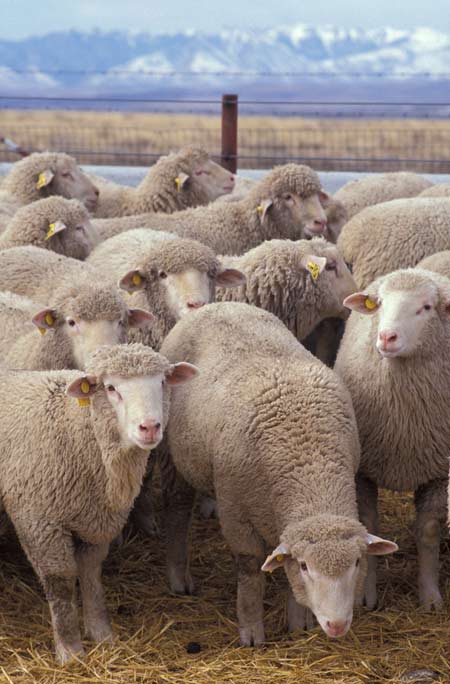Should Human DNA Be Injected into Animals?

Is it ethical to stick human DNA into lab animals to research human diseases? The UK Academy of Medical Sciences this week announced a project to consider the issue and make recommendations.
You can vote below. First, more on the issue and what the academy plans to do:
In fact animal-human hybrid work has been going on for years, and thousands of animals contain human cells or DNA, according to the academy. These are "mostly mice with a single gene sequence of human origin, in widespread use throughout laboratories worldwide." But there are other examples that take the concept further.
- In 2004, researchers looking to study viral infections injected human blood stem cells into pigs. The unexpected result: pig cells, human cells and some that combined bits of both developed in the pigs' blood.
- In 2005, researchers created a flock of sheep with bits of human organs growing inside of them, part of an effort (alson carried out in pigs) to eventually create human organ factories.
- Some lab monkeys pack a human form of the Huntington's gene which allow scientists to investigate the development of the disease.
- There are mice with human-like livers that allow studying the effects of drugs.
The academy's study will look into the ethical and regulatory aspects of the issue both from a scientific perspective and to see what the public thinks.
"It is important to ensure that this exciting research can progress within limits that scientists, the government and the public support," said Martin Bobrow, chair of the working group that will conduct the study. "We will not only be focusing on the ethical dimensions of this research but also on how it is perceived by the public. Do these constructs challenge our idea of what it is to be human? It is important that we consider these questions now so that appropriate boundaries are recognized and research is able to fulfil its potential."
{{ embed="20091110" }}
Here's the scope of the new study, according to a statement from the academy: to "examine the scientific, social, ethical, safety and regulatory aspects of research involving non-human embryos and animals containing human material."
Sign up for the Live Science daily newsletter now
Get the world’s most fascinating discoveries delivered straight to your inbox.
And here's what the working group will aim to do over the next 12-18 months:
• Agree definitions for animals, and animal embryos, containing human genetic or cellular material. • Describe the current use of animals containing human material in medical research, and to anticipate future research directions and challenges for this work. • Assess future applications of research involving animals containing human material - including potential requirements for preclinical (animal) studies of candidate human stem cell therapies. • Address safety concerns surrounding the generation and use of animals containing human material in research, and to consider welfare issues which apply specifically to animals containing human material. • Explore societal and ethical aspects of medical research involving the creation of animals that include significant amounts of human material, and to develop a constructive public dialogue in this area. • Explore the current and future regulation of the use of animals and embryos containing human material for research purposes, including primary legislation, regulations and guidelines. • Draw conclusions and make recommendations for action.
In The Water Cooler, Editorial Director Robert Roy Britt looks at what people are talking about in the world of science and beyond. Find more in the archives and on Twitter.
Robert is an independent health and science journalist and writer based in Phoenix, Arizona. He is a former editor-in-chief of Live Science with over 20 years of experience as a reporter and editor. He has worked on websites such as Space.com and Tom's Guide, and is a contributor on Medium, covering how we age and how to optimize the mind and body through time. He has a journalism degree from Humboldt State University in California.










